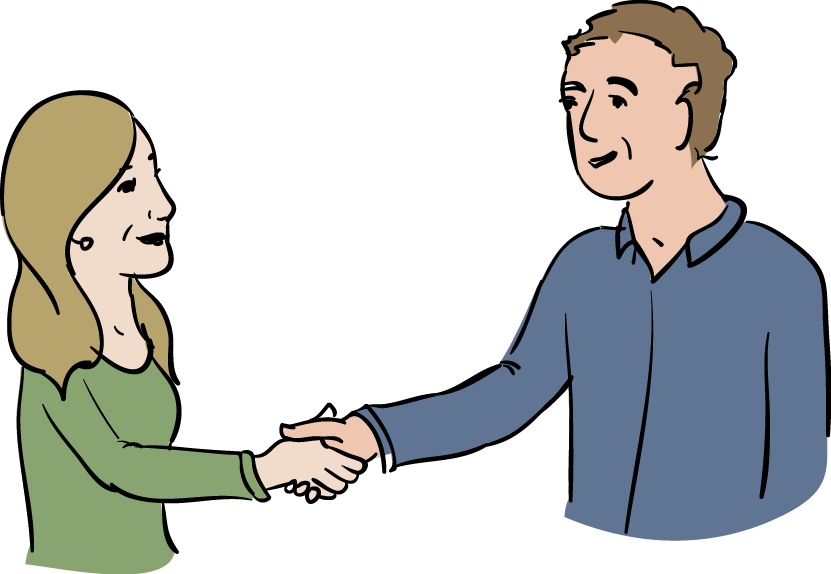When I look around my city, Victoria, I see lots of complex issues and challenges on the agenda; municipal amalgamation, sewage disposal, transportation mix… These are big items. Many stakeholders are involved. Each issue has many components to it. If people try tackle the issue as a whole, collaboration gridlock often follows. Better to subdivide the problem. The catch is that it typically requires more people; people willing and able to come together, in collaborative relationships.
Why more new collaborative relationships?
Our capacity to form new working relationships has not kept up with system changes taking place all around us; social, environmental, technological… often at an accelerating pace. The result is a widening gap between challenges we face and our collaborative capacity to address those challenges.
As the volume, variety and complexity of problems we have to deal with ramps up, so too will our collaborative responses need to ramp up. We must increasingly and rapidly collaborate, on a range of fronts. We have to accelerate our collaborative capacity, starting with relationships.
New collaborative relationships will be the order of the day, and tomorrow.
How to accelerate the development of new collaborative relationships
Interact with collaborative-minded people. Increase your odds for success. Connect with collaborative-minded people in your community. Don’t waste your time trying to change people; i.e., convince them to be collaborative. People change themselves. That’s one of many lessons I’ve/we learn from wise elders. Rather, focus your time on kindred souls. Get to know each other. Make yourself visible to each other. Visibility is opportunity.
Find collaboration sweet spots. Why should we work together? There has to be some compelling need, threat or opportunity that acts as a magnetic attractor, drawing us together. It’s the kernel of a multi-stakeholder collaborative action team. We have to feel it. Once together, we can look for that “sweet spot of mutual benefit”. It can be a lot of work, due diligence, finding that sweet spot. It has to speak to the type of working relationship we want to have, together.
Commit to collaboration. There is nothing like committing to a relationship; committing to a relationship that is collaborative, and action-oriented. To do that, you need a road map. The road map need not be voluminous. The roadmap can take the form of an agreement, on how you will work together, shared expectations. Stewart Levine, in his The Book of Agreement, provides practical Collaboration Agreement templates for all kinds of situations. Yet, Levine is also of the mindset, as am I, that we value our relationship over the agreement.
How leaders can help
Community and organizational leaders can help accelerate the development of collaborative relationships. Three ways they can do this:
- Leaders can tell, promote, stories that bust silos; stories that authentically engage others in the ‘why collaborate’.
- Leaders can both support those who are motivated to collaborative action, and connect people who should be connected; like-minded people, oriented to relationship and action.
- Leaders can champion and model effective conflict management. Conflict is present in all interpersonal relationships; including collaborative relationships. The goal is to maximize constructive behaviours and minimize destructive behaviours. Collaborative success depends on it.
Call to action
Next time you are presented a problem begging for collaborative responses on multiple fronts, consider how accelerating the development of new collaborative relationships might expedite problem resolution. Let me know how it goes.


Speak Your Mind